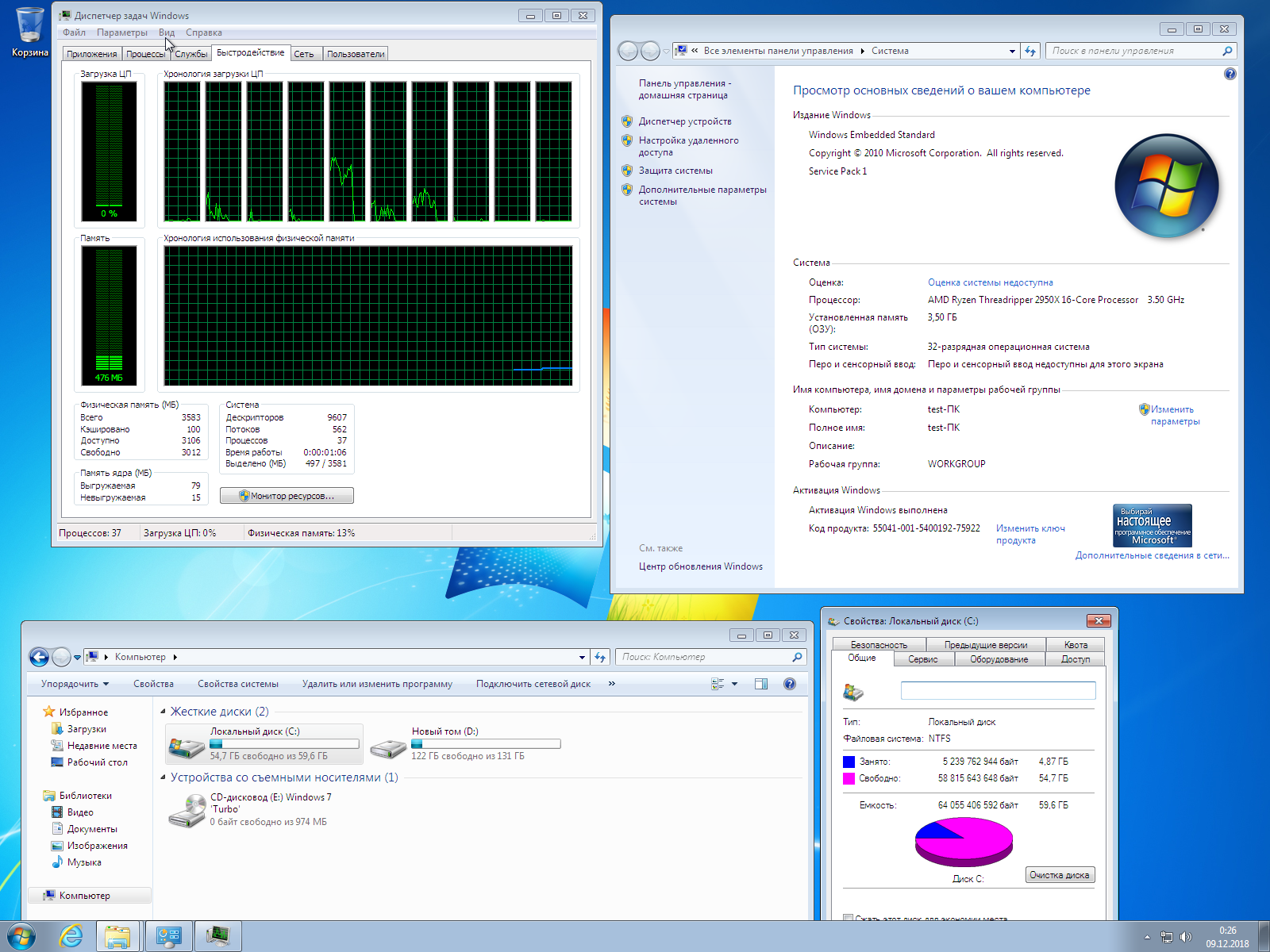


Follow all the instructions on the screen.Windows Embedded has a simple installation with improved user-interface letting users make their system more powerful and stable which in result will help them to organize their workflow and save time. Make sure that the device starts from the chosen media. Play the bootable media with the created image.
#WINDOWS 7 EMBEDDED ISO INSTALL#
Install Windows Embedded Standard 7 ImageĬreate bootable media using a DVD, USB flash device, or virtual hard drive. Now install the image with the windows Embedded Standard 7 Image. In the Create IBW disk dialog box choose where you want to generate the media (Select the target folder for the image box) and confirm it with OK. On the Tools menu click Create Media and then Create IBW Image from Answer file to create an operating-system image media. In the File menu click Save in order to save the Answer File. Repeat the process with every error message On the File menu, click Save to save the answer file. Use the option provided to resolve them and finish by confirming with the OK. To resolve any unresolved dependencies, double-click on any error messages on the messages window. This validates the packages and components in the answer file against their dependencies. You can also add dependencies by clicking Validate (Add Required Packages)on the Validate menu. When you have finished choosing all these packages, click on the Validate menu and then Validate only to get the dependencies to the selected components.
#WINDOWS 7 EMBEDDED ISO UPDATE#
#WINDOWS 7 EMBEDDED ISO DRIVERS#
Importing the file devices.pqm adds the required drivers to the Answer file pane. Make sure, that hidden folders are being shown. This file can be found in C:\user\username\AppData\Local\VirtualStore\Program Files\Windows Embedded Standard 7\Tools\Image Configuration Editor. Select the device.pmq file, which was created through TAP.exe. On the File menu, click Import, and then click Import PMQ. On the File menu, click New Answer File to create the XML configuration file. The single modules are now hierarchically listed on the Distribution Share column. In the open dialog box please click on C:\Program files\WindowsEmbedded Standard 7\DS. In the Distribution Share pane, right-click the background and click Open Distribution Share to select a distribution share. On the Start Menu, click All Programs, click Windows Embedded Standard 7, and then click Image Configuration Editor. TAP.exe can be found on:Ĭ:\Program files\Windows Embedded Standard 7\Tools\Image Configuration Editor\ PMQ file that contains hardware information for the target device. To install Windows Embedded Stardard 7 tools, you will need to create a device hardware configuration file for the target deviced by running a TAP.exe, which is installed with Windows Embedded Standard 7 tools. Windows Embedded Standard 7 Image Tutorial


 0 kommentar(er)
0 kommentar(er)
